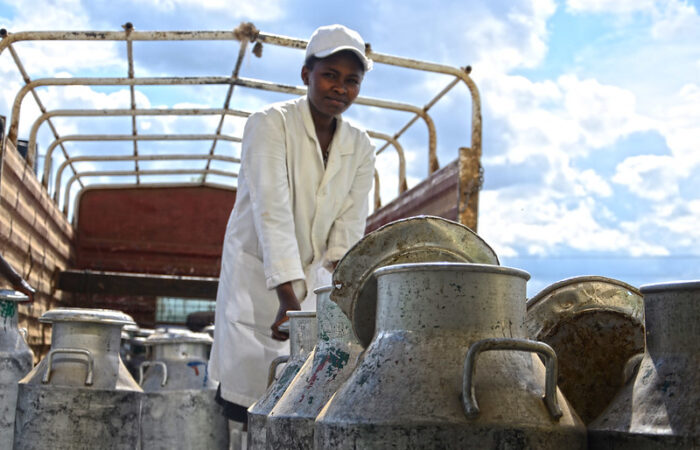
Research suggests that dairy farmers can reduce their carbon footprint by improving animal and herd management.
The growing global population and increasing consumption of meat and dairy will increase global animal protein demand by 60% by 2030. The livestock sector is responsible for about 15% of human-induced greenhouse gas (GHG) emissions. The high carbon footprint (CF) from milk production by smallholders in Africa is predicted to increase significantly in the coming decades; scaling mitigation practices to curb emissions from the dairy sector is vital to reducing emissions and addressing dairy’s role in climate change.
To meet the growing demand for dairy in Kenya and other developing countries while also addressing climate change, it is essential to identify the most effective mitigation practices and then identify the interventions required to catalyze change.”
- – Andreas Wilkes, UNIQUE Forestry and Land Use Gmbh
The CGIAR Research Program on Climate Change, Agriculture and Food Security (CCAFS) helped support and implement a survey and analysis of 382 smallholder dairy farmers in central Kenya. The study describes the first assessment of the CF of milk production in Sub-Saharan Africa based on actual farm management practices of the dairy farms in central Kenya. The study aimed to determine whether there were significant differences in the CF of farms with different feeding systems (i.e. zero-grazing, grazing and mixed systems), and identify factors associated with variability in CF between farms. This analysis identified options for mitigating GHG emissions from Kenya’s growing dairy production.
Written by Sadie Shelton (CCAFS)
Photo: ICRAF/Sherry Odeyo








